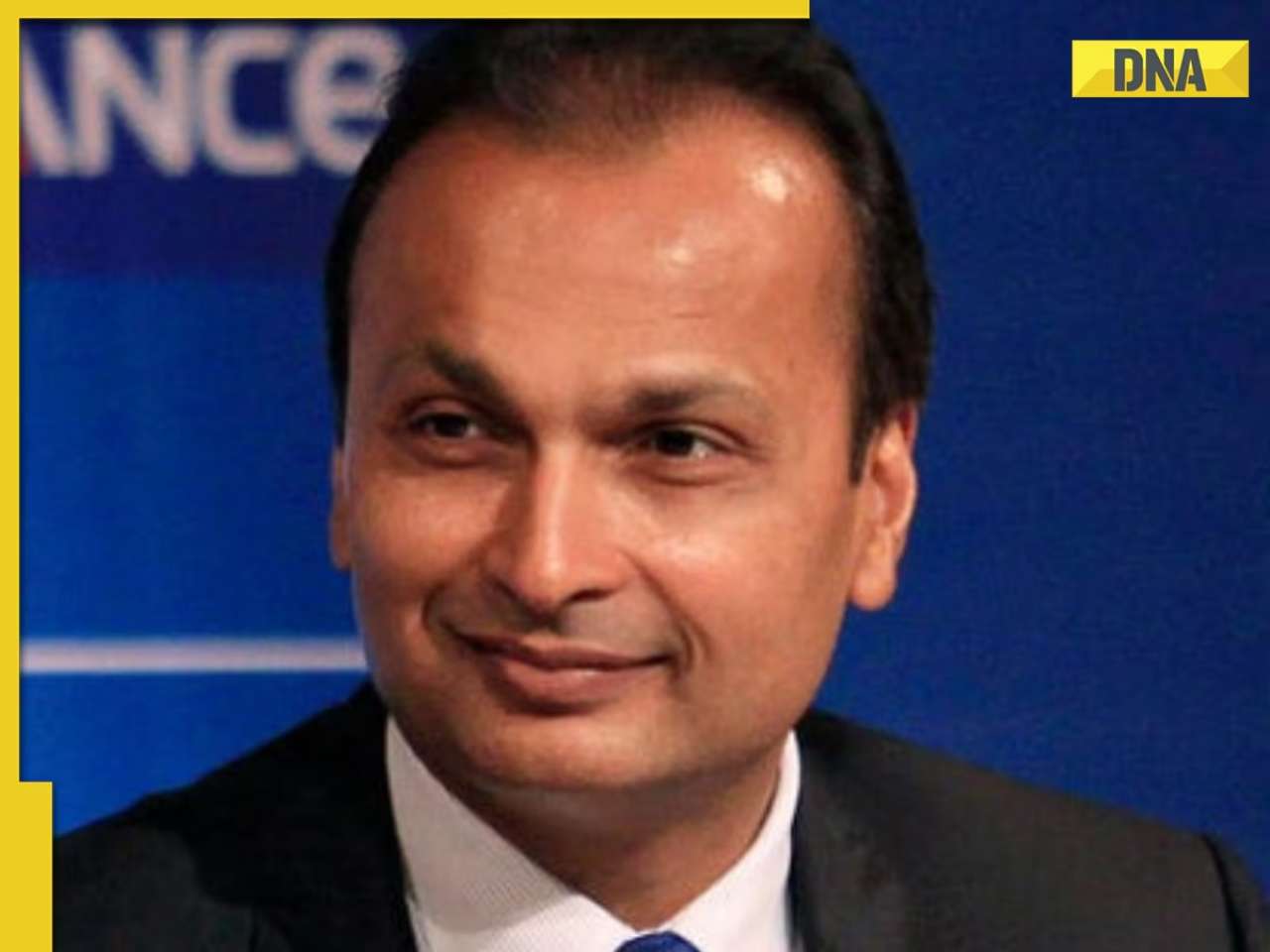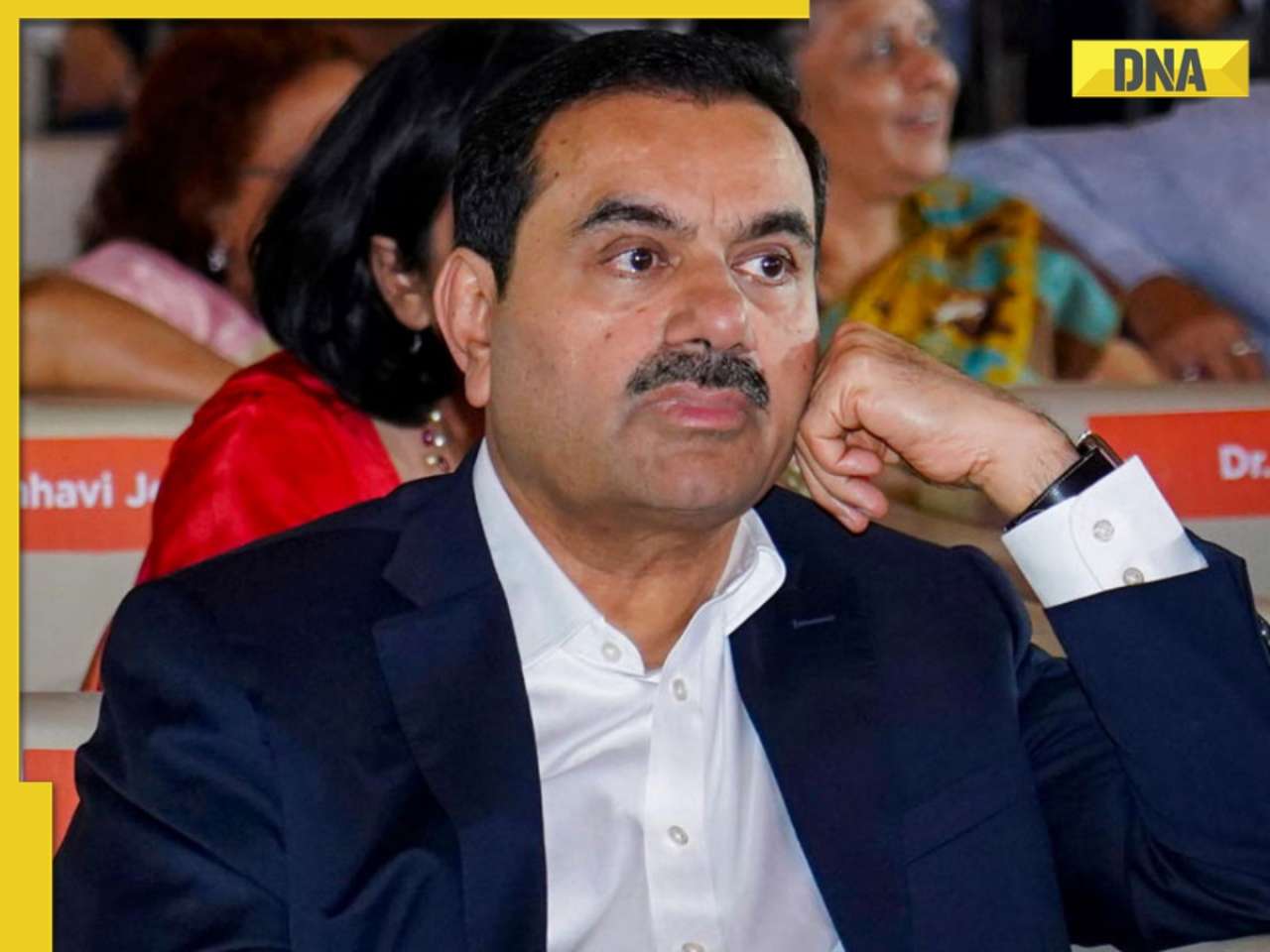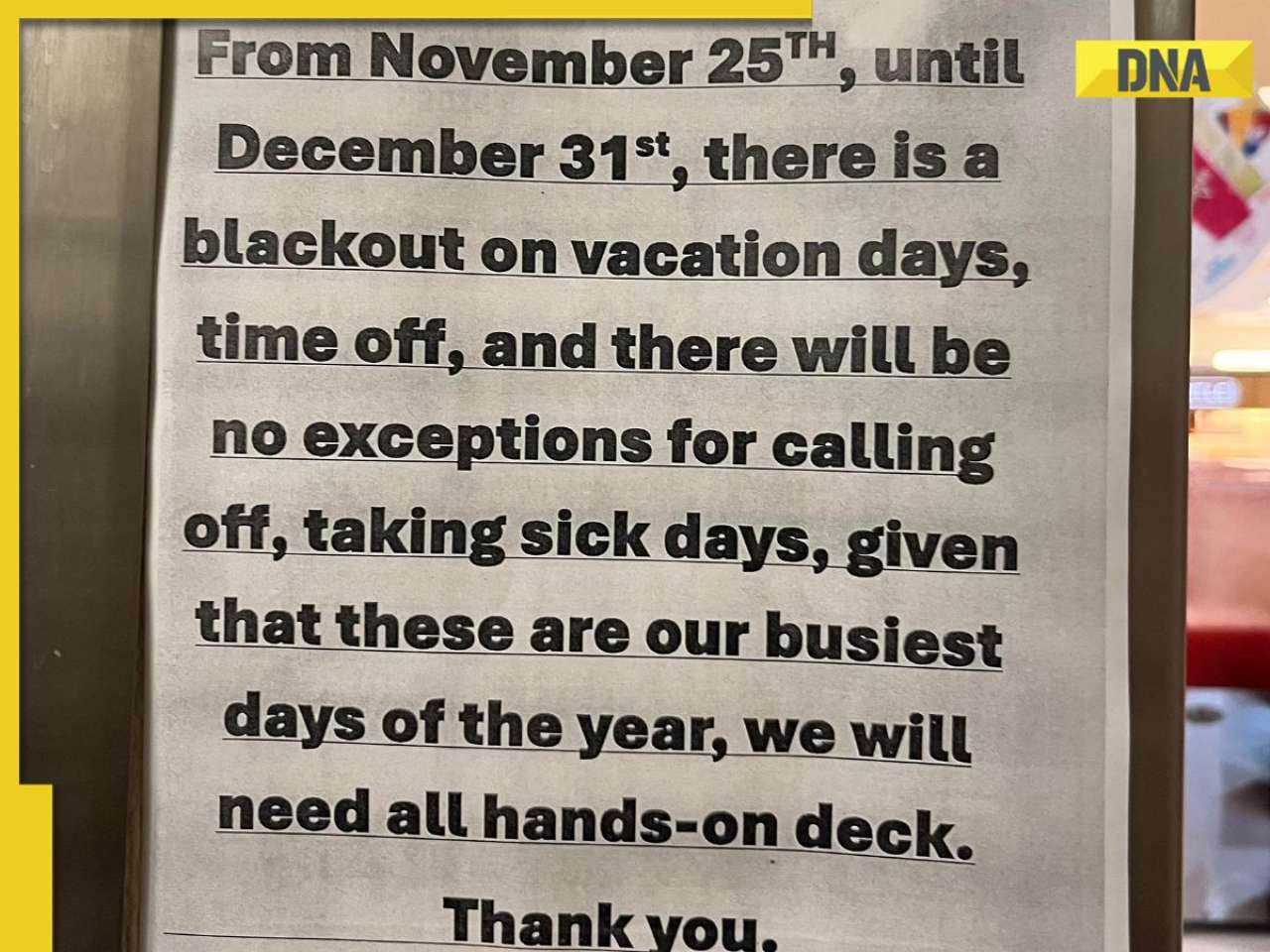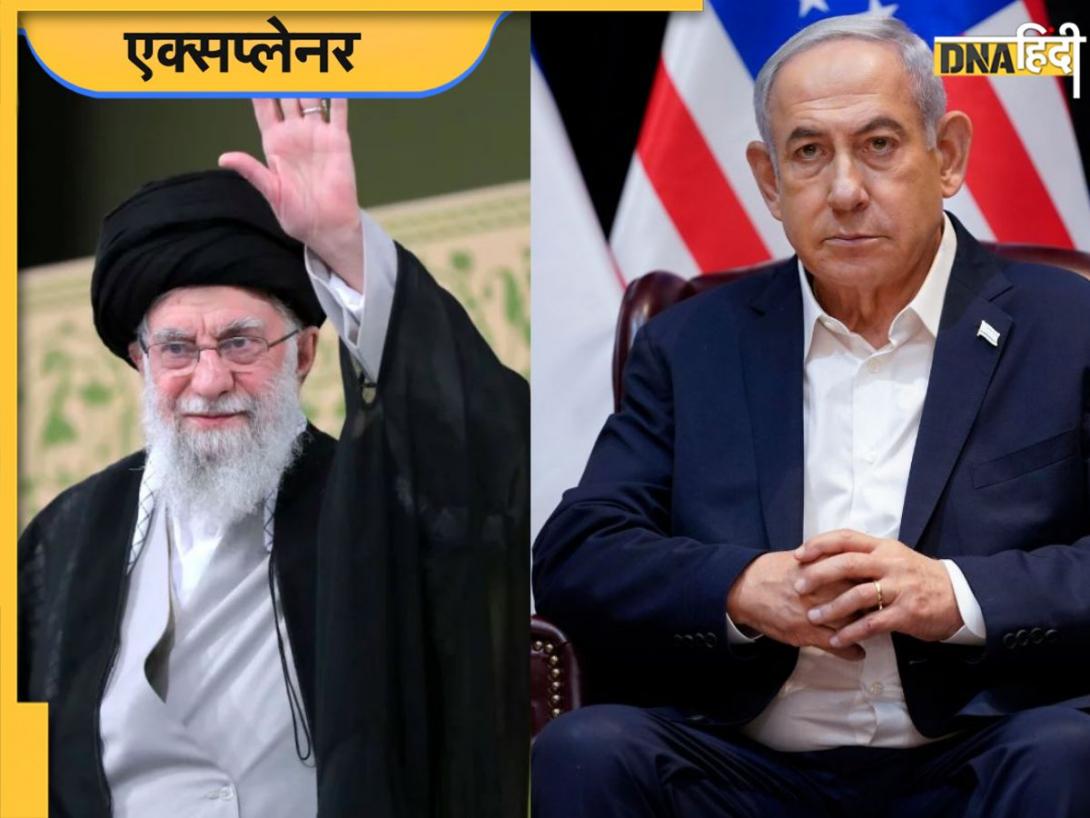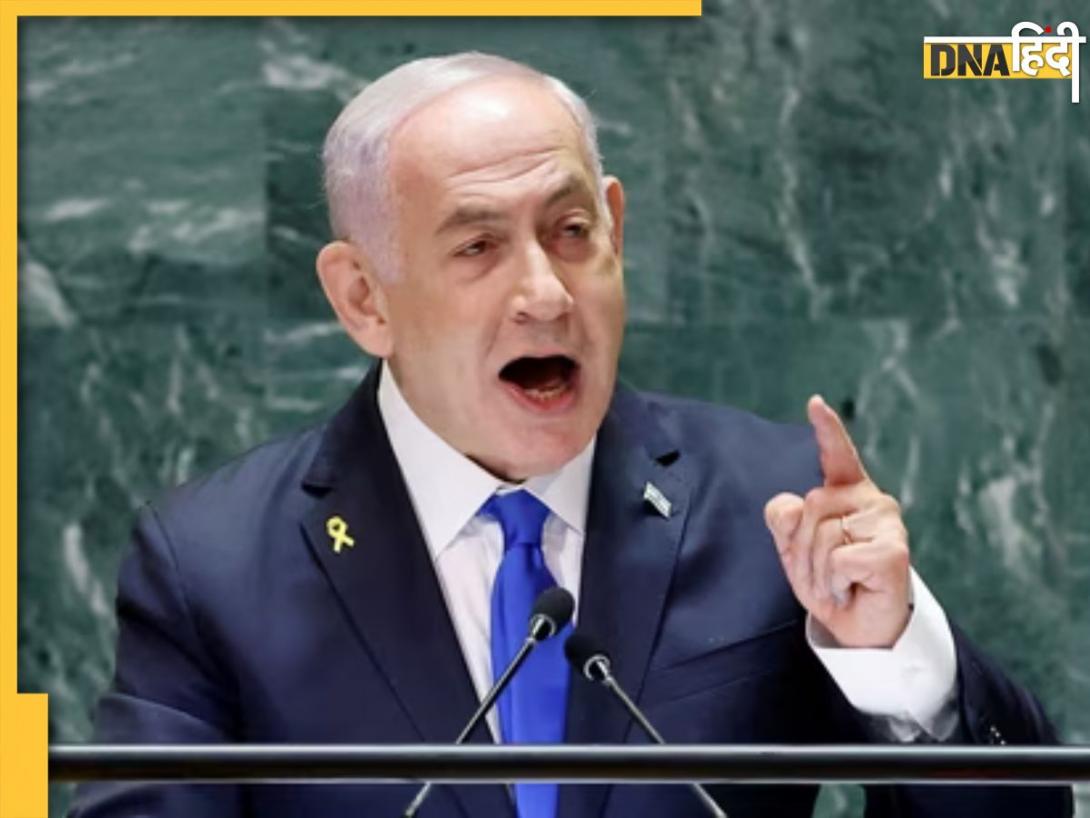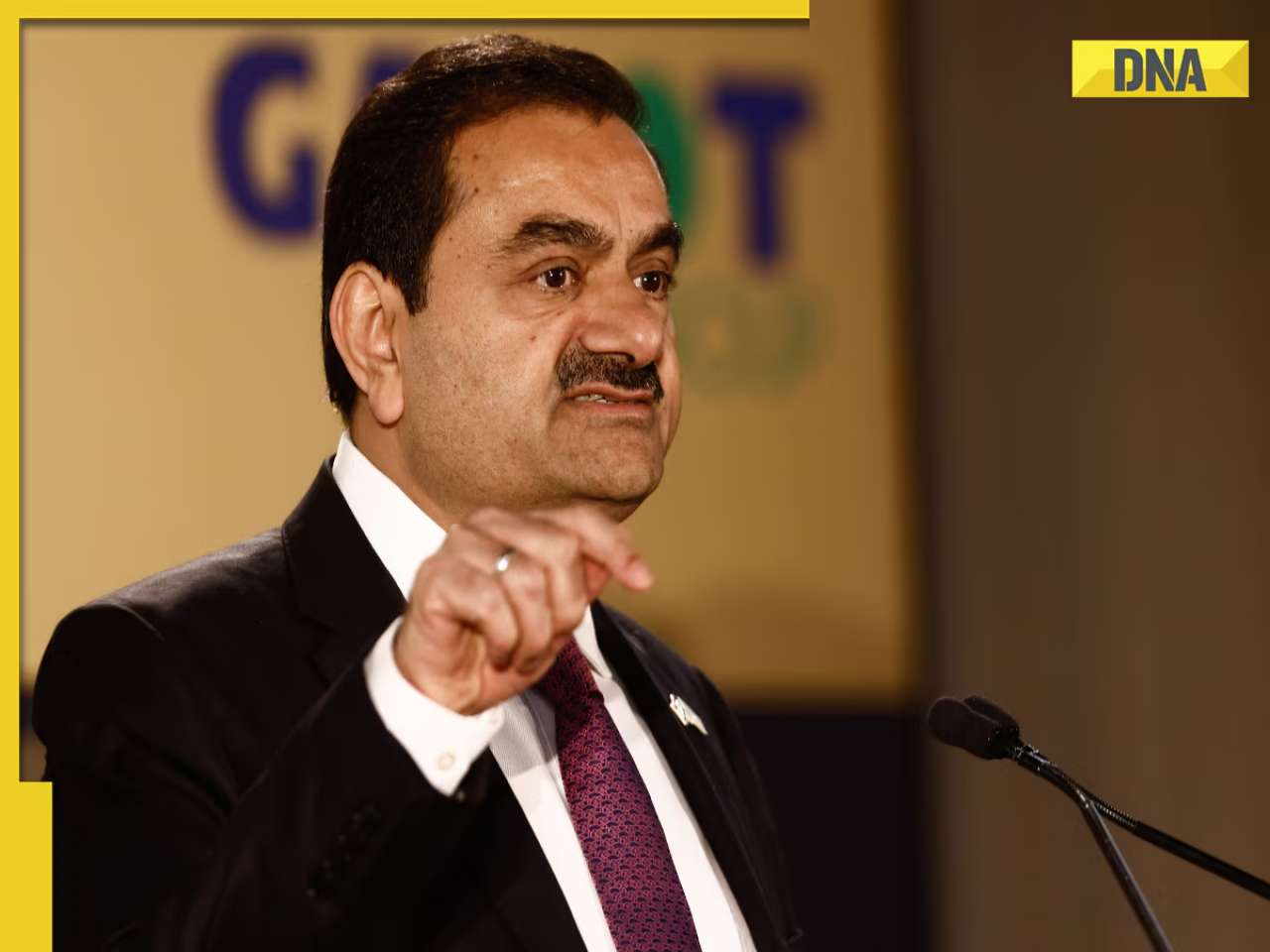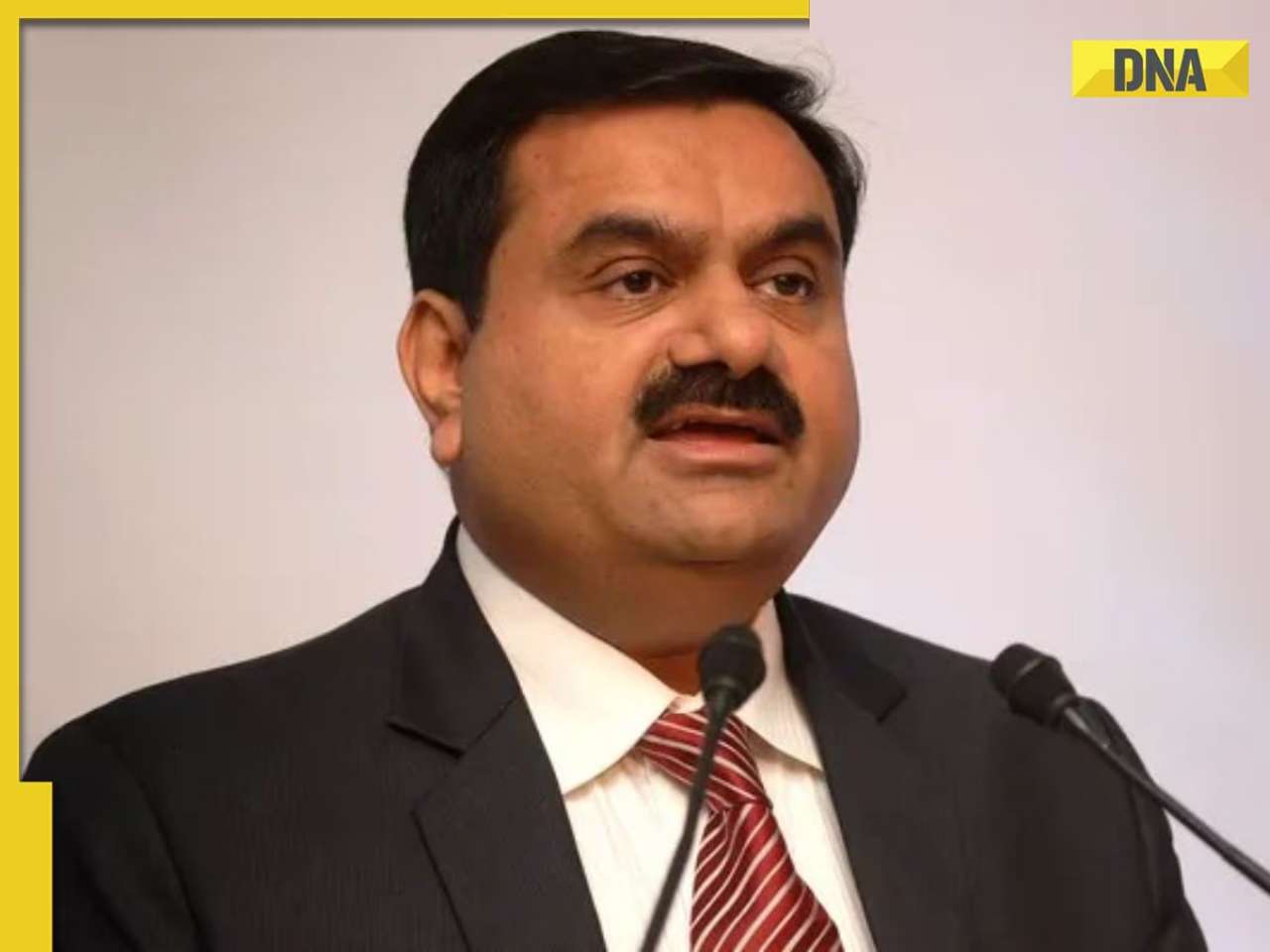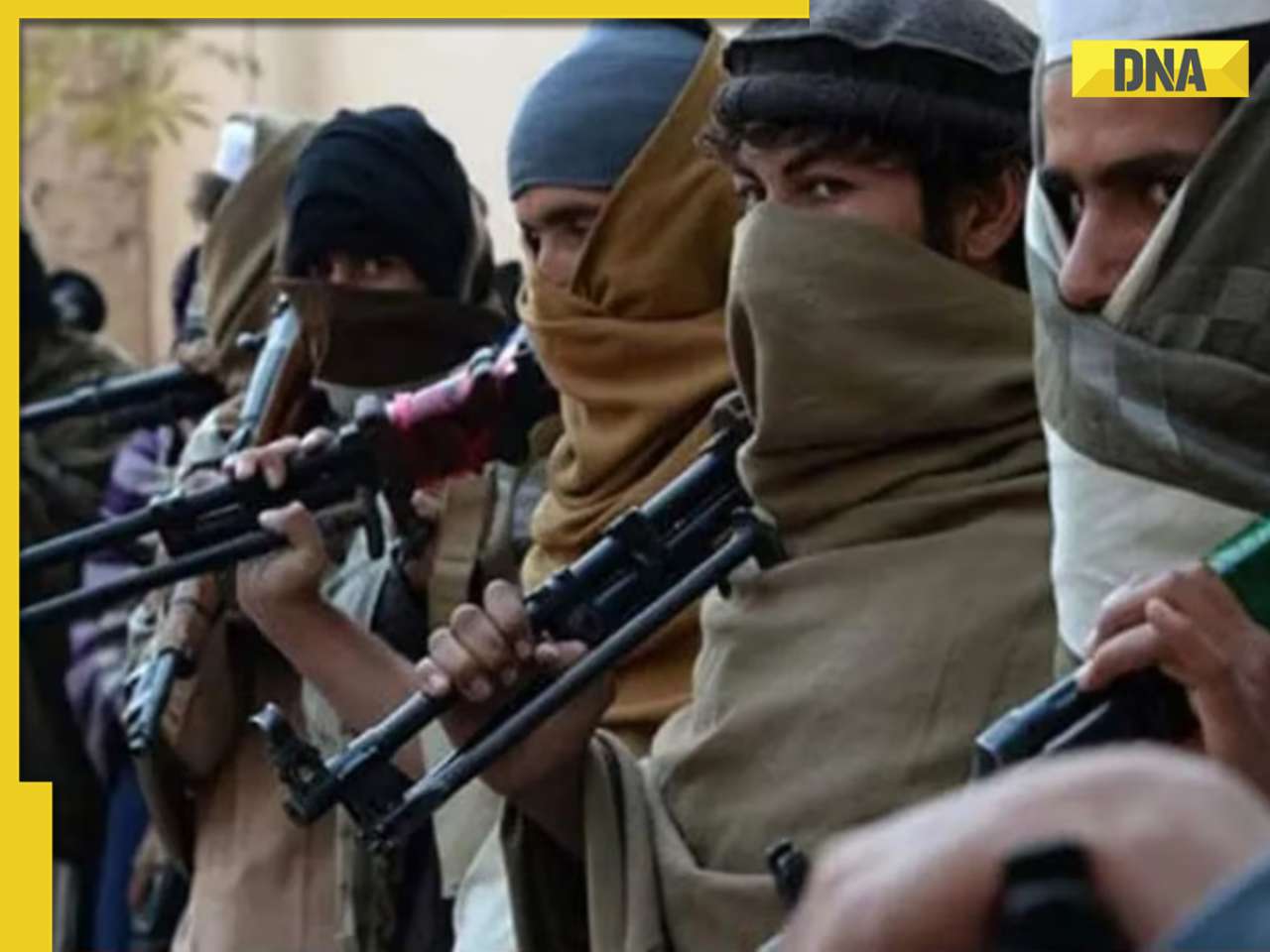- LATEST
- WEBSTORY
- TRENDING
ANALYSIS
Agnipath Scheme: Knowing the truth
Ever since its launch on 14th June 2022, the ambitious “Agnipath Scheme” of India has been a matter of debate and was one of the prominent issues during Indian general elections 2024
TRENDING NOW
Kamlesh (Name changed) belonged to a village in Western Uttar Pradesh. He got recruited as an “Agniveer” in the Indian Army in Mid 2023. Six months later, when he passed out after the training and his parents decided to marry him, they faced a challenge. The parents of the would-be bride refused saying that the boy will be unemployed after four years and hence they cannot marry their daughter with a person having uncertainty about his job. In rural India, where the average education level is very low, such things are not rare.
Ever since its launch on 14th June 2022, the ambitious “Agnipath Scheme” of India has been a matter of debate and was one of the prominent issues during Indian general elections 2024. In India where the common public is still carrying the colonial belief that a government job means pension for the lifetime, such a scheme becoming a controversial issue was inevitable.
There were mistakes on the part of everyone. While the government propagated it as a political achievement, opposition parties criticised it without even knowing the overall need, strategic perspective and its benefits to the soldiers. Media too handled this matter carelessly and as a result, the correct picture did not reach the common public antagonising a large section of the population.
Debunking the Myths
In the light of incidents mentioned above, it is pertinent to understand the reality about this scheme and clear several myths labelled over this scheme.
(a) Myth of degraded operational effectiveness – Many strategists have pointed out that since the Agniveers will have a reduced basic training period, it will compromise the operational effectiveness of the Armed Forces. But the fact is that a soldier is trained throughout his life. After the basic training in the respective regimental centre, an Agniveer is expected to undergo multiple training programs pertaining to his trade and role in war. Moreover, in today’s times, the overall education level of the recruits has improved and hence their trainability becomes better. As a large number of Agniveers have already become part of Armed forces, it is observed that their training standards and their performance is not less than the regular soldiers which proves this point.
(b) Myth of Unemployment of Agniveers – As mentioned earlier, there is a common myth that these Agniveers will be unemployed after their contractual term of four years but recently, nearly all paramilitary forces, several state governments, banks as well as private sector companies announced reservations and other lucrative offers for the Agniveers post their contractual service. In India, the private security industry is growing at an average rate of 10-12% where these people can be easily employed. Not only this, but the financial package offered to any Agniveer post his tenure is also very much lucrative and with the fact that 25% of these Agniveers will be retained in the Armed forces, there should not be any debate on their employment.
(c) Myth of lesser monetary & ex- gratia benefits–Recently after the demise of one of the Agniveers during one operation, there was hue and cry in the media that Agniveers are getting lesser benefits in comparison to other regular soldiers after their death. Both Ministry of Defence and Government clarified it multiple times that there is no difference in the benefits, yet the issue is burning primarily because of lack of education and awareness.
(d) Myth of Criminalising the country – There was a section of people who vehemently argued that the presence of such trained people in our civil society can pose severe danger as some of them may turn criminal. If we see the old scheme where a soldier was expected to serve for fifteen years, the same logic can be applied perfectly. A soldier generally gets recruited at an age of 17-18 and retires at 32-33 after completing 15-year service which cannot be considered old. Despite the fact, the number of retired soldiers turning criminal can be counted on fingers and in all of these cases, family disputes were the reason. So, it is foolish to give such facts to counter the Agnipath scheme.
What should the government do?
In the light of above myths, ideally the government should have done its homework before launching the scheme but somehow, they failed in it. Moreover, the haste under which they launched the scheme has also invited sheer criticism. In such a case, the government should act fast and take some measures which will not only debunk the myths but also help create a favourable atmosphere in favour of “Agnipath scheme”.
(a) Separate cell for re-employment of Agniveers- Although we already have a Directorate General of Resettlement and Ex servicemen placement cells across the three services, the government should seriously think of establishing a separate cell for re-employment of Agniveers. This cell should start working when the Agniveer are in their last year of service and provide them an alternative job which they can take over immediately on their release. Since the first batch of Agniveers is likely to get released in the next two years, the success of their re-employment will help the government run this scheme with ease in future.
(b) Limit the annual intake of Agniveers– One of the points of debate is that the forces are not recruiting regular soldiers and only Agniveer recruitments are being carried out for the last two years. In order to maintain overall operational effectiveness of the Armed Forces and homogeneity, it is essential that the government should fix the annual intake as well as overall percentage of Agniveers in the Defence forces. The ratio between regular soldiers and Agniveers should be healthy and should be as per strategic requirements. In my opinion, the overall percentage of Agniveers should not be more than 25 or 30% in any force. They should also consider the challenges being faced by units having a significant number of Agniveers.
(c) Carry out a thorough study and decide their arms and services- There may be few arms and services where Agniveers can be recruited but there may be few where a high level of technical knowledge is one of the requirements. There are technical arms where a soldier is supposed to train for 3-4 years or more to become operational and hence in such places, recruitment of Agniveers is not recommended. This fact is more applicable in case of the Indian Navy and Indian Air Force.
(d) Educate the common public against the myths – One of the major areas where the government faltered was to educate the common public about this scheme before launching it. Even after two years of its launch, there are a large number of elected representatives of the government who do not know the benefits of this scheme. Media exposure too is very less and under such circumstances, the criticism from the opposition turning into myths and creating hurdles for this scheme. Although the Prime Minister spoke about the scheme during his address at Kargil Vijay Diwas, there is more to do.
I personally feel that the Agnipath Scheme is not bad, it is beneficial for both the Armed Forces as well as the common public from where soldiers are getting recruited. The only drawback was that the government failed to educate people and debunk the myths.
The author is a veteran of the Armed Forces. He is a known Defence Strategist with keen interests in international affairs, maritime security, terrorism and internal security.
(Disclaimer: The views expressed above are the author's own and do not reflect those of DNA)
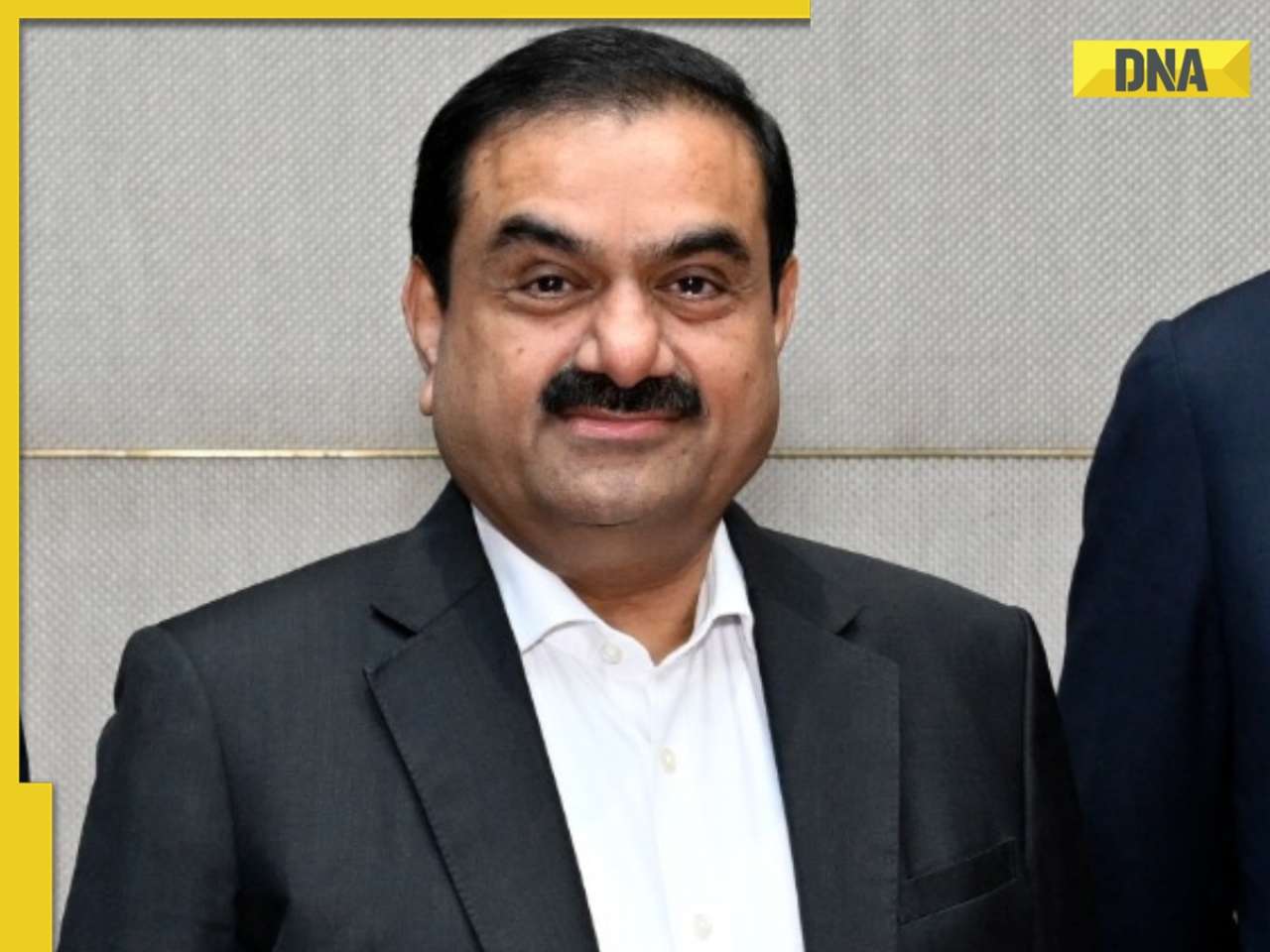






)
)
)
)
)
)
)
)
)
)
)
)
)
)
)
)






